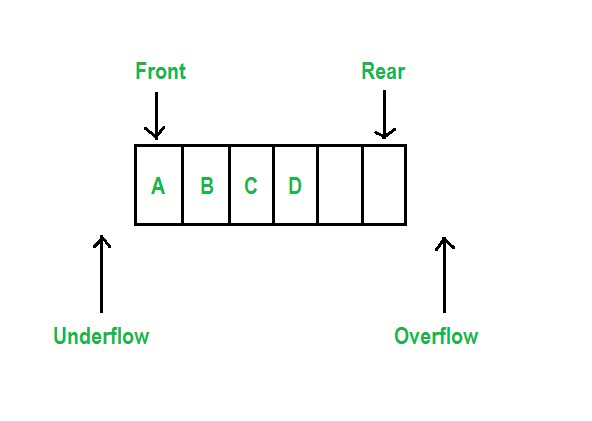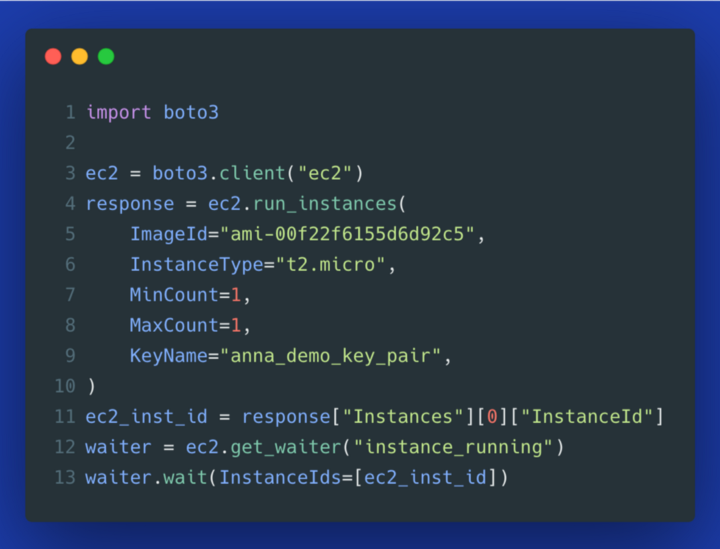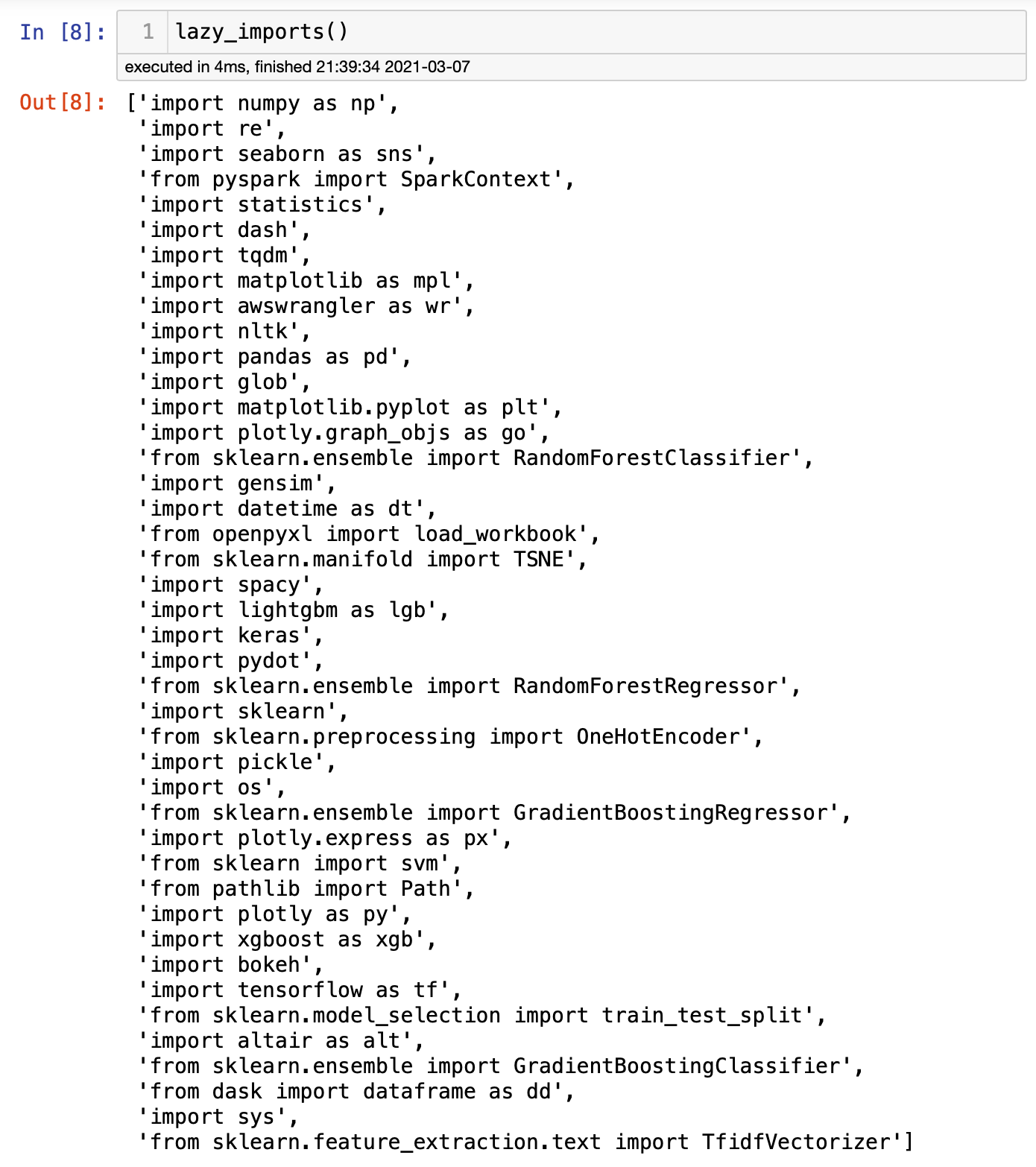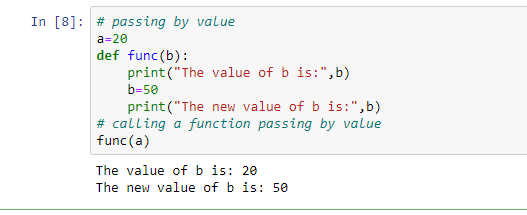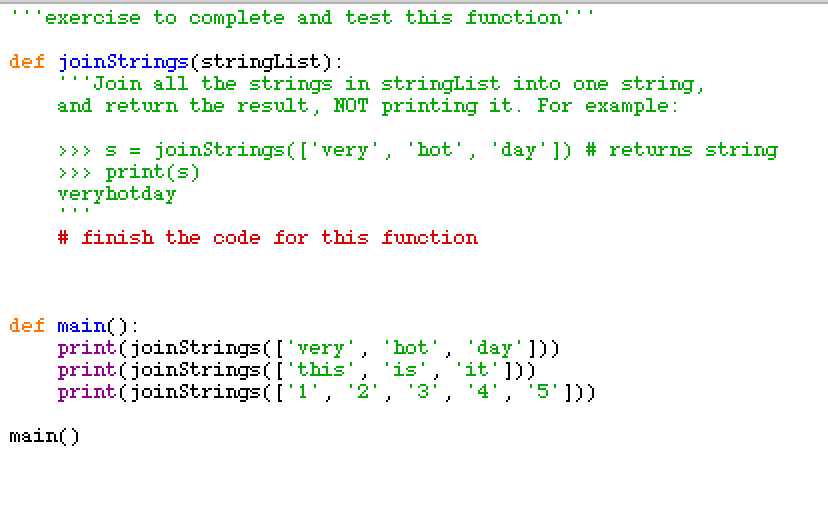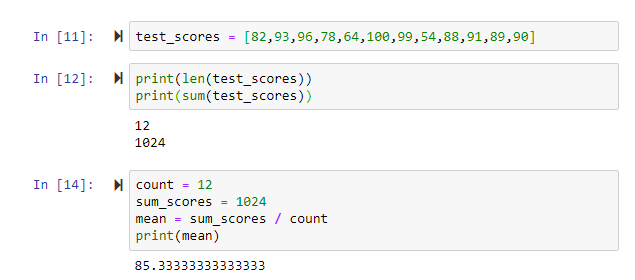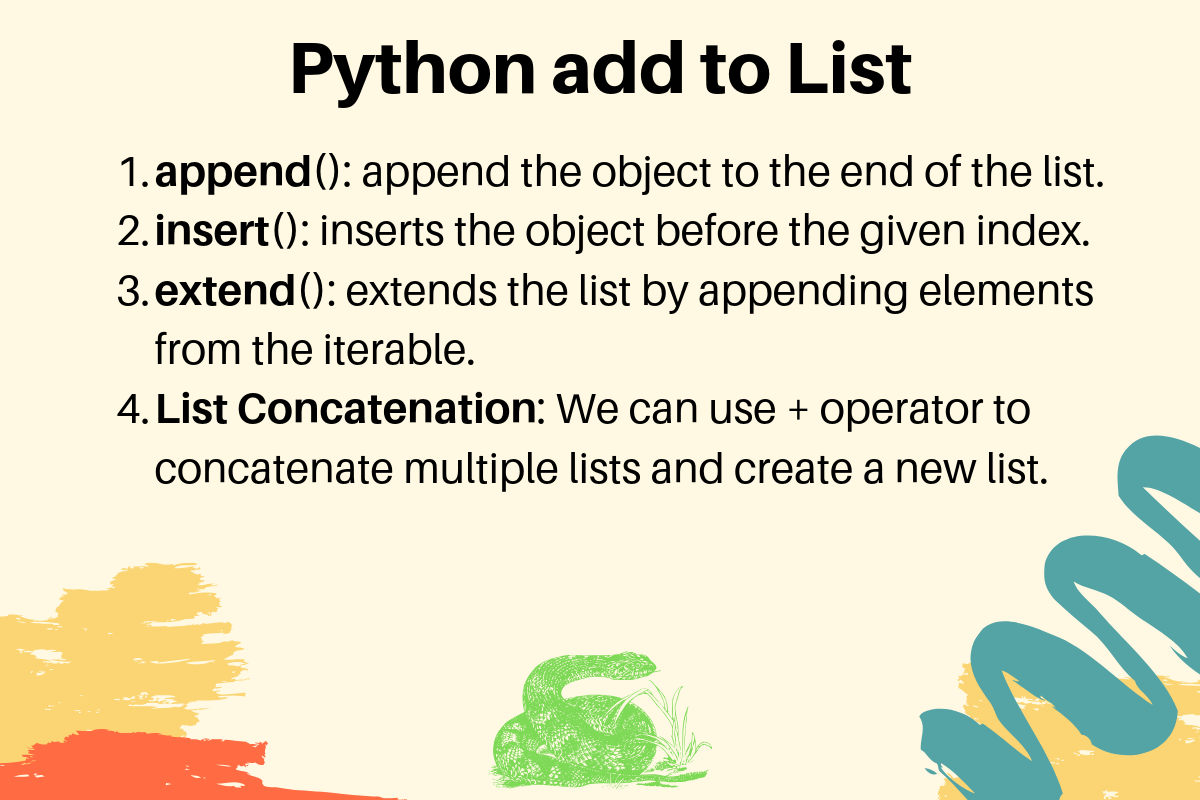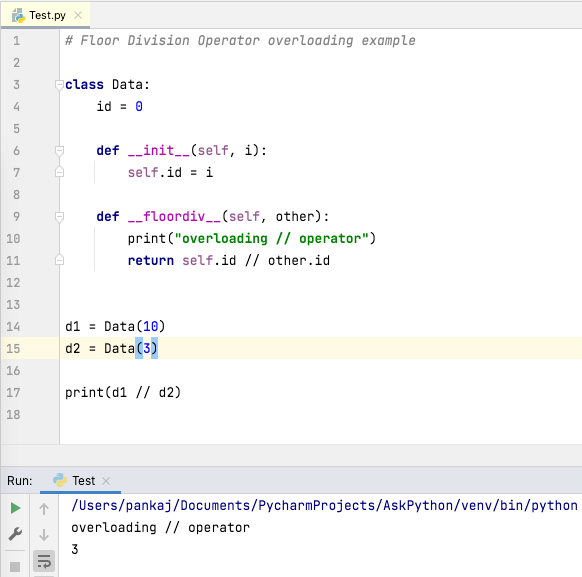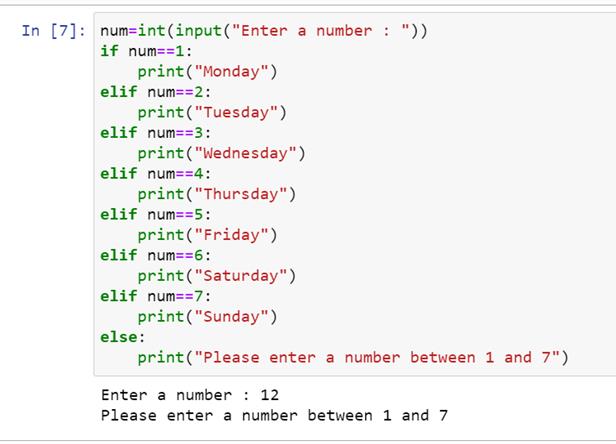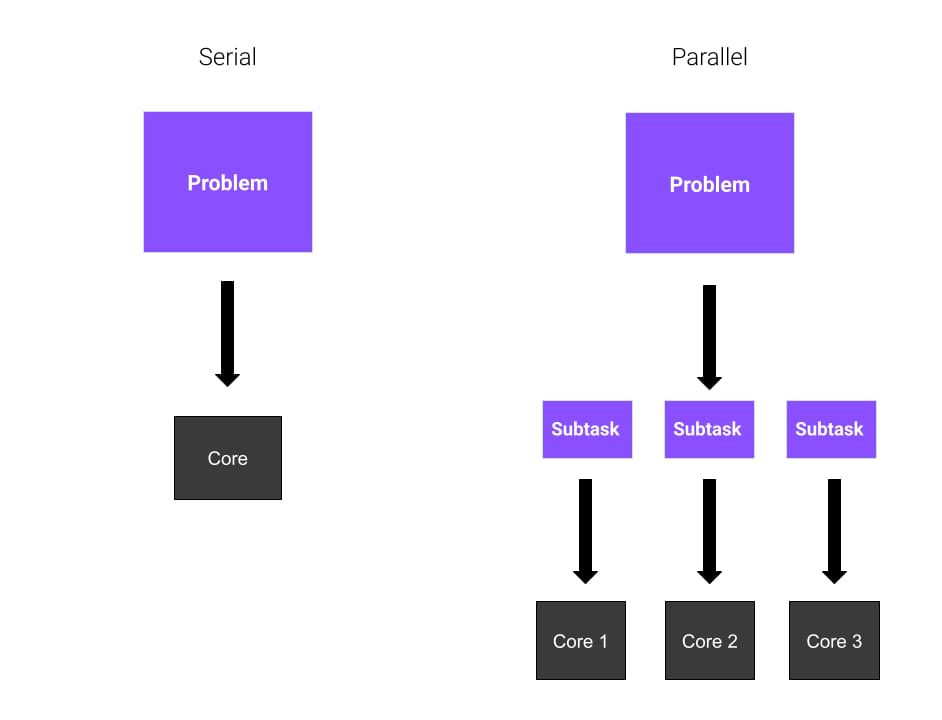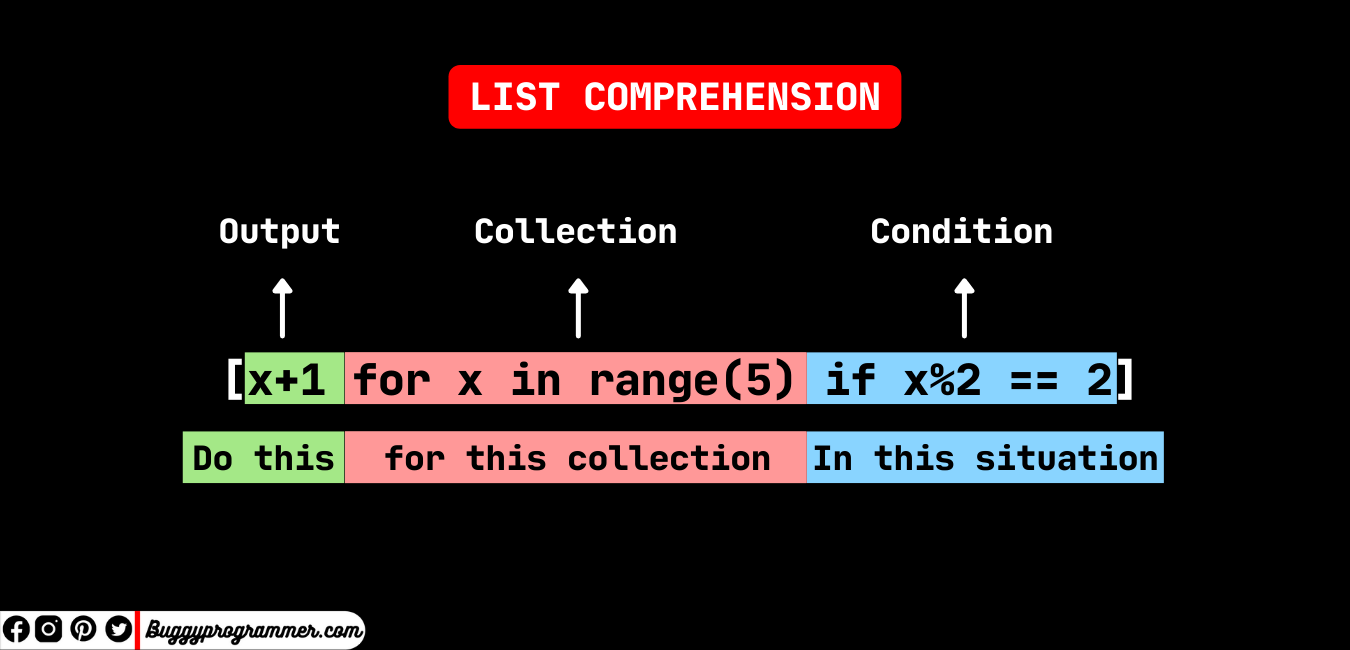Can an object have multiple classes Python?
Can an object have multiple classes Python?
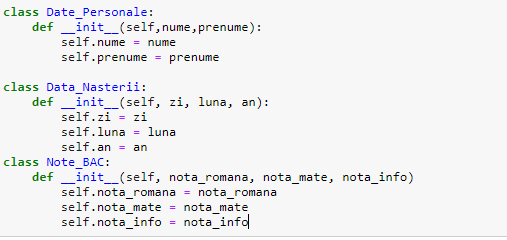
I'd be happy to explain!
In Python, a class is essentially a blueprint for creating objects. An object is an instance of a class that has its own set of attributes (data) and methods (functions). By default, in Python, an object can only belong to one class.
However, there are ways to make an object have multiple classes or, more accurately, inherit properties from multiple classes. This is achieved through the concept of inheritance and composition in object-oriented programming (OOP).
Inheritance
Inheritance allows a subclass to inherit attributes and methods from its parent class. A child class can also add new attributes and methods or override those inherited from its parent. For example:
class Animal:
def init(self, name):
self.name = name
def sound(self):
print("The animal makes a sound.")
class Dog(Animal):
def init(self, name, breed):
super().init(name)
self.breed = breed
def sound(self):
print("The dog barks.")
In this example, the Dog class inherits from Animal, which means it automatically gets the name attribute and the sound() method. The Dog class then overrides the sound() method to provide its own implementation.
Composition
Composition is a technique where an object contains another object or objects. This allows an object to have multiple classes by combining them into one. For example:
class Car:
def init(self, brand):
self.brand = brand
class Engine:
def init(self, horsepower):
self.horsepower = horsepower
class LuxuryCar(Car):
def init(self, brand, engine: Engine):
super().init(brand)
self.engine = engine
In this example, the LuxuryCar class composes an instance of the Engine class. This means a LuxuryCar object has both a Car and an Engine.
Multiple Inheritance
Python supports multiple inheritance, which allows a subclass to inherit from multiple parent classes. However, this is not without its limitations and potential issues.
For example:
class A:
def method_a(self):
print("Method A")
class B:
def method_b(self):
print("Method B")
class C(A, B): # Note: The order of inheritance matters!
pass
c = C()
c.method_a() # Prints "Method A"
c.method_b() # Also prints "Method A" (because the first inherited class has method_b())
As you can see, when a subclass inherits from multiple classes, Python follows the rule of method resolution order (MRO) to resolve conflicts. This means that if there's a method with the same name in multiple parent classes, Python will use the one from the earliest inherited class.
In summary, while an object in Python typically belongs to one class, there are ways to make it have multiple "classes" or inherit properties from multiple classes using inheritance and composition. However, multiple inheritance requires careful consideration of method resolution order and potential conflicts.
Can you have multiple metaclasses in Python?
I'll respond in English since you specifically asked for it.
Multiple metaclasses in Python? That's a fascinating topic! Let me dive into the depths of Python's type system and explain what I can find.
In Python, a metaclass is a class that creates classes. Yes, you read that correctly – a class that creates classes! A metaclass is itself an instance of a meta-metaclass (Python has no concept of "meta-meta" in this sense). When you define a class, you're actually creating an instance of its metaclass.
Now, the question remains: Can there be multiple metaclasses in Python?
The answer is... yes, but with some caveats. In Python 3.x, when you define a class, it can have only one metaclass. This is due to how Python's type system handles inheritance. When you inherit from another class, the base class's metaclass is used, effectively overriding any other metclass defined on the subclass.
However, in Python 2.x, there's a way to get around this limitation. You can define a "super" metaclass that inherits from both your primary metaclass and another one you want to use as secondary. This allows for multiple metaclasses being used in conjunction.
Here's some sample code demonstrating the concept:
class MetaOne(type):
def new(cls, name, bases, namespace):
print(f"MetaOne: Creating {name}")
return super().new(cls, name, bases, namespace)
class MetaTwo(type):
def new(cls, name, bases, namespace):
print(f"MetaTwo: Creating {name}")
return super().new(cls, name, bases, namespace)
class SuperMeta(type):
def new(cls, name, bases, namespace):
return super().new(cls, name, bases, namespace)
def init(cls, name, bases, namespace):
super().init(name, bases, namespace)
if not hasattr(cls, "_super_metaclasses"):
cls._super_metacclasses = []
cls._super_metaclasses.append((MetaOne, MetaTwo))
class MyMetaClass(SuperMeta):
pass
class MyClass(object):
metaclass = MyMetaClass
print(f"MyClass: {MyClass.name}")
When you run this code, you'll see that both MetaOne and MetaTwo are called during the creation of MyClass. This demonstrates how, in Python 2.x at least, it's possible to have multiple metaclasses.
In summary:
In Python 3.x, each class can have only one metaclass. In Python 2.x, you can use a "super" metaclass that inherits from both primary and secondary metaclasses, allowing for multiple metaclasses to be used in combination.Please note that this is an advanced topic, and using multiple metaclasses might not be the most straightforward or practical solution. However, it's fascinating to explore the intricacies of Python's type system, and I hope this explanation has shed some light on the matter!


